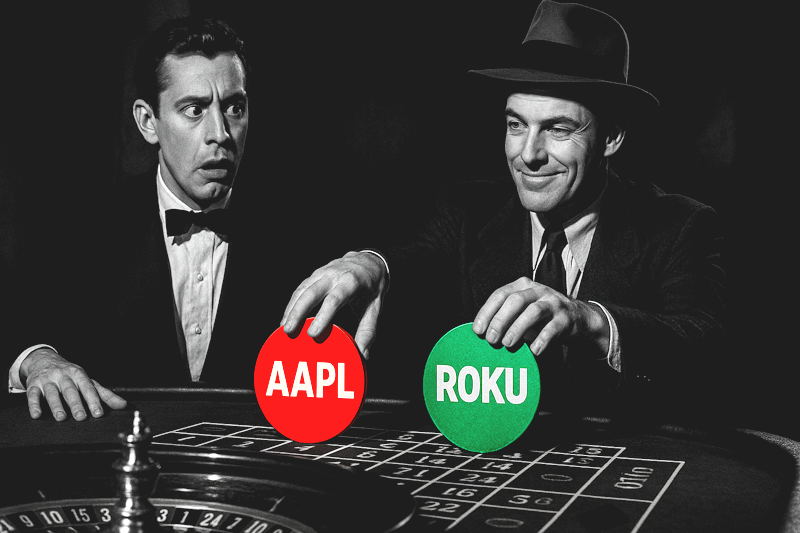`
Here’s how I spot hot stocks BEFORE Wall Street pours money into them.
Hey everybody — JD here with your Rational Trader Market Analysis Daily.
Today’s trade is what I’d call a super cool, super clean volatility play on Tesla heading (TSLA) into earnings. It’s the same basic structure we used recently on Netflix, and the logic still applies.
You don’t need to predict up or down — just that it moves. Here’s how we set it up.
Tesla Earnings = Movement. Period.
Tesla’s reporting earnings after the close, and based on the option chain, implied volatility is signaling that a big move is expected — significantly more than 3%.
So rather than try to guess direction, I’m putting on a trade that profits if the stock makes a decent move either way — greater than 3% — using a variation of a long iron condor.
Let’s walk through the four-leg setup.
Step One: Build the Call Spread
We start with the call side:
- Buy an at-the-money call — let’s say the $332.50 strike
- Sell a call $10 higher — the $342.50 strike
Let’s say that costs you $12.55 for the long call and brings in $8.15 for the short one. That’s a net debit of $4.40 for the call spread.
Step Two: Build the Put Spread
Now mirror the same thing on the put side:
- Buy an at-the-money put — the $332.50 put
- Sell a put $10 lower — the $322.50 strike
Pricing at the time I recorded this had you paying $11.40 for the long put and bringing in $7.00 for the short put — another $4.40 net debit.
So your total cost for the trade? Roughly $8.80 per contract.
Step Three: Let the Volatility Work for You
What are you trying to do here?
You’re giving yourself a wide runway. If Tesla makes a move larger than 3% in either direction after earnings — which it often does — this position pays off.
The max value of the structure is $10, and you’re paying $8.80. That’s a $1.20 profit potential — and you only need the stock to move far enough to push either spread into max value territory.
No need to bet on direction. You’re just betting on movement. And with a volatile stock like Tesla, that’s very, very likely.
Why This Isn’t a Mean Reversion Trade
Normally I focus on what I call “mean reversion cash machine” trades — selling premium far outside two standard deviations and betting the stock stays quiet.
This isn’t that.
This 4-legged trade I just explained is the kind of trade you do when the market is expecting a blast — and you agree.
We saw this same dynamic with Netflix. The market was priced for a small move. We knew better. And it paid.
Tesla’s in the same boat today.
I’ll Be Back Tomorrow With More
I’ve got other mean reversion setups in play — and I’ll be summarizing those for you in tomorrow’s video.
But for today, this Tesla trade is the play. The logic is sound. The stats are there. And it doesn’t require any hero calls about direction.
Just rational positioning.
Talk soon,
JD
The Rational Trader



